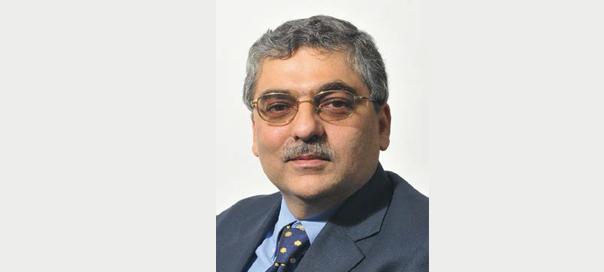The Cannes Lions International Festival of Creativity is back, with a magnetic roar in 2016. The complete list of jurors for this year’s festival was announced last week, and 13 Indian advertising industry stalwarts are part of various juries. Beginning this week, we bring you a special series on Cannes jurors, who tell us what it will take to bring home one of those magnificent Lions this year, India’s prospects, world trends in each category and more.
Over to Ashish Bhasin, Chairman and CEO, South East Asia, Dentsu Aegis Network, who will judge the Media Lions.
You were a juror at Cannes in 2007, and again this year after that. How are you approaching it this time?
It’s always nice to be on a Cannes jury, because it helps give a very good perspective on the quality of work across the world, especially when you are only exposed to what’s happening in India or APAC.
There are horror stories about how gruelling the judging process is for jury members…
Judging is a lot of hard work. You are sort of locked in a room from morning to night and on some days, really long nights. It’s much more hard work than most people give it credit for. However, it’s something I look forward to because it’s always great to see good quality work. But it’s definitely not a joy ride.
What would you look for in the entries that you judge?
It has to be innovation, creativity, and newer ways of using media. Over the last few years, digital has become a huge trend. But as far as the consumer is concerned, he/ she is not seeing it as online, offline, digital and non-digital separately, but is exposed to various elements of media at one go. The separations are more in our minds than in the consumer’s mind. So, I will be looking at brands which have integrated that well.
What are the other trends you see within the media category that must reflect in the judging process?
They are data, digital and technology which have been growing since the last few years and I see that continuing even this year. However, there will be more emphasis on data and technology, besides just digital. I have also noticed a tendency of late of passing off gimmicks as innovations. Just putting something at an angle in a newspaper or doing something which is gimmicky might work as an attention grabbing act, but that’s not called media innovation. As the industry matures, I hope there will be less of gimmicks and more of genuine long term innovations and creative work. Also with the data and digital explosion, there is a very thin line between creative and media, so very hard to see where one stops and the other starts. Therefore, media is becoming creative and creative is deriving from media as well as from data.
Tell us about the exceptional pieces of media work that you have seen this year.
There has been some fantastic work on targeting in search where I have seen use of big data in an effective manner. While everybody talks about big data, very few people actually use it in a simplistic yet effective manner. There is some good work on mobile, particularly out of UK. From an India perspective, we tend to be more television-dominated and our entries sometimes are like events or out of home or melas. So, I am sure we will have entries of that kind as well coming in this time. What are India’s prospects in the media category this year? There has been some good work, but generally entries from India suffer on two counts. While we have some amount of gimmickry, we miss out on genuine innovations as far as media is concerned. The second is, as a country we have not yet learnt to present our work as well as we should. The attention span of judges at Cannes is very limited because they are judging hundreds of entries and are literally confined to a room all day. Therefore, it is human nature to pick something that is presented well because it catches your attention better. Our excuse is that our advertising is in the local language, so the foreign juror does not understand it, which is not true. I have seen outstanding work from South American countries which are not in English, but presented in such a manner that an English-speaking jury understands it.
Interviewed by NEETA NAIR
neeta.nair@exchange4media.com
























